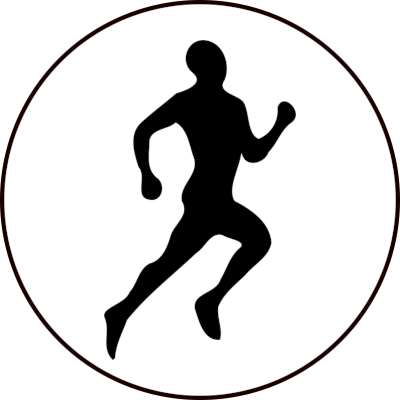

Here’s today’s: https://maclook.substack.com/p/52-weeks-52-half-marathons-stage-5f8 around Lisbon, complete with the famous, yellow trolleys.


Here’s today’s: https://maclook.substack.com/p/52-weeks-52-half-marathons-stage-5f8 around Lisbon, complete with the famous, yellow trolleys.
Here are some Hansons training plans for marathon and half-marathon:
I hadn’t heard of the Hansons Method either. Last year, I started two runs a day once or twice a week. Unsurprisingly, it was easier on my body than running the same distance continuously. And I didn’t feel as fatigued over all as my weekly mileage increased. My form was better, too.
But as to the big questions: Did I have as much endurance? Was I faster? I really don’t know. I wasn’t significantly slower.
The Hansons Method
https://www.runtothefinish.com/hanson-marathon-training-method-review/
Consider this your Cliff Notes version of Hanson running plans overall. These are the key concepts of the Hanson Method for half marathon and marathon training:
High mileage
6 days of running
Speed emphasis early in the training plan
No planned cross training – in fact, they seem to do very little strength training
Cumulative fatigue – “The development of fatigue through the long term effects of training which results in in a profound increase in running strength”
3 “SOS” (Something Of Substance) workouts per week–speed work, tempo run at goal race pace and long run
Longest run is 16 miles for most people
Obviously you may have heard of this training program thanks to the incredible success of Desi Linden. She gives them a lot of credit, but also noted that she reached a point where this wasn’t the best option for her any more


I admire athletes who can do amazing feats, but this seems crazy. Crazy, as in, someone should have stopped her from continuing.


Thank you! Thank you!
That stuff is great! Put it on twice yesterday and can walk without that stinging pain that usually greets my first steps this time of year. The cracks aren’t gone yet, but I’m optimistic.


I don’t have thick calluses but I get the same thing every winter. I use Cetaphil cream twice a day. No help at all.
I just watched this. I was surprised at how good it is. Dealt with some serious issues and was funny. Really enjoyed it. Thanks!
One surprising thing on that list: A movie about my HS x-country team! Not my year but didn’t know there was a movie about it at all.
I recalled one . . . silly and not on lists: Run Fatboy Run
Very true! I suffered in the heat. Now, I dawdle before facing the “cold” 60 degree mornings!
Forty some miles. With strides and some interval work. Felt good. Made me happy!
How do you handle the ice?


Sensible advice.
Just curious . . . how do you maintain that much mileage in the winter, and for that matter, in the summer heat?
(3:10 would be very fast for me. )


This was a surprise to me:
“While many newer distance runners tend to focus on flashy long runs, the distance of the longest run was not strongly correlated with a BQ. Comparing BQ runners and all other athletes, the distance of the longest run was 20 to 22 miles across each marathon. But, the base mileage was higher for BQ runners, bearing in mind that base volume matters more than the distance of any long run. BQ runners at CIM averaged 65 miles during their peak week, while the rest of the field averaged 50 mpw. Similarly, Chicago BQers averaged 57 miles during peak week, compared to the rest of the field’s 41 mpw peak week.”


Obviously, I need to change my name to Kip Something!
Pretty cool.
How would one go about this? Serious question. Are there sites with lists? Are there things to avoid?
I hate taking time off. Even a pre race taper is hard.
But you can get past overtraining by reducing your volume and ramping up slower.
This is a real achievement. Congratulations!
I’d recommend Trainer Road paired with one of the cycling platforms – you can do the workouts while “riding” on group rides or solo on a virtual cycling platform, e.g. Zwift (pay), IndieVelo (free), or MyWhoosh (free.) Zwift has more “carrots” and many, many more people and groups than other platforms.
I use IndieVelo, because I tired of Zwift’s worlds and my favorite type of group rides went away. I found the routes, worlds, and real people quite engaging for a long time. I suspect you’d find Zwift more engaging than other platforms. Zwift has training plans for all sorts of goals.
IndieVelo is mostly bots, but there are some real people, and the bots are more like real riders than on other platforms. The interface is much more intuitive and easy to use than MyWhoosh (horrible interface) or Zwift.
The nice thing about Trainer Road is that it will give you a plan and change the plan and workouts as you go along. That auto-customizing felt good to me, and I made some fitness gains. Using Training Peaks requires that you add a training plan from someplace – a coach or some free one you find. I didn’t use a coach and felt like it was dull and clumsy. Other people love it.